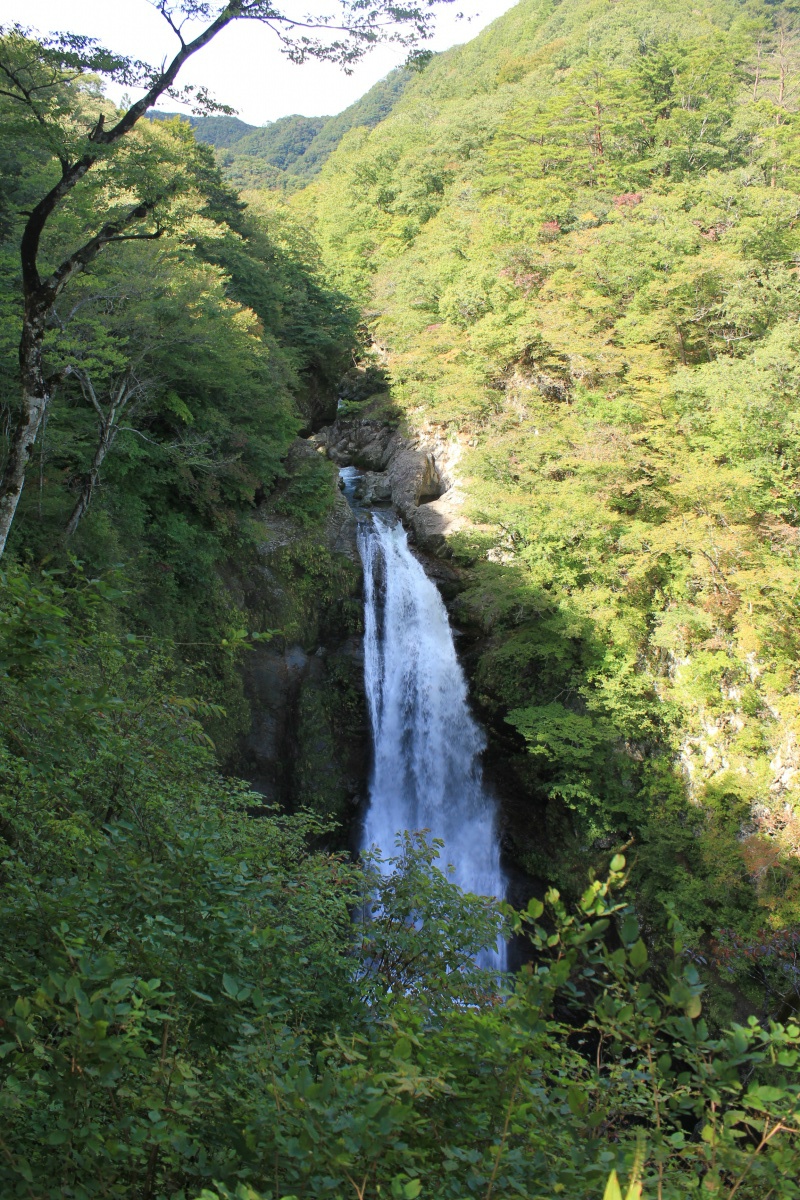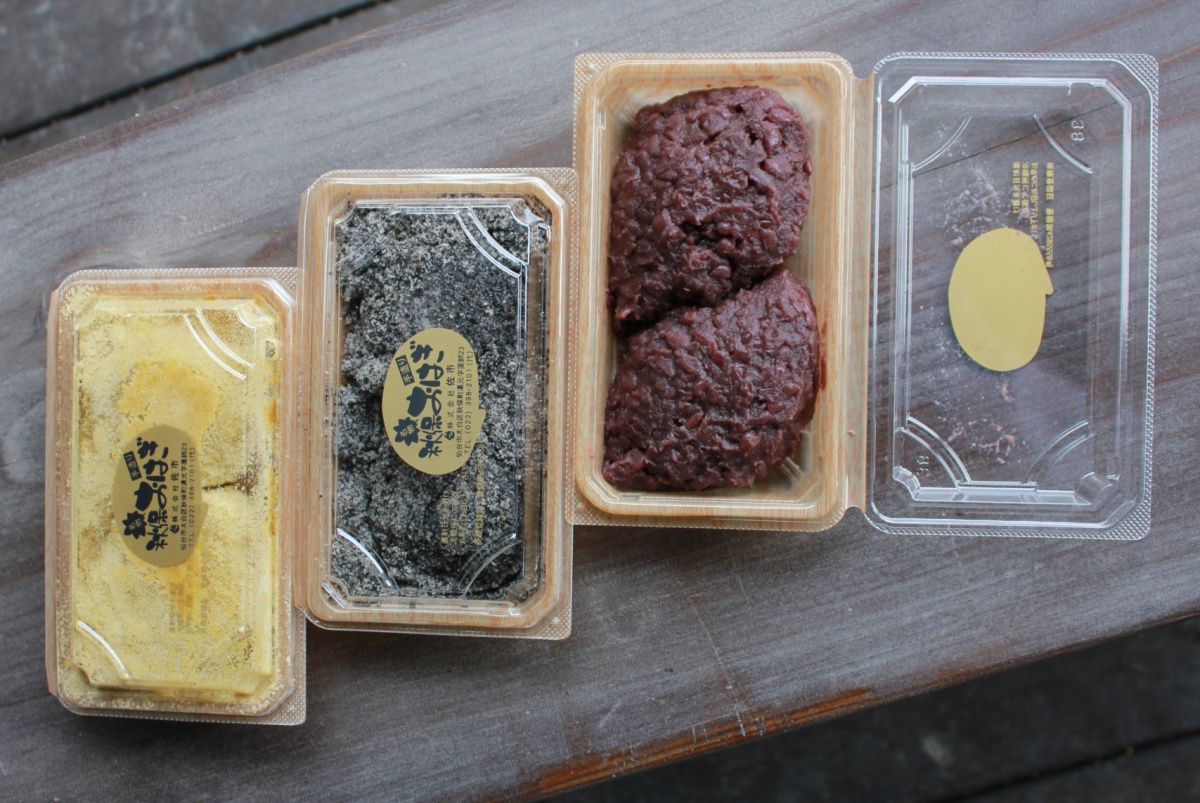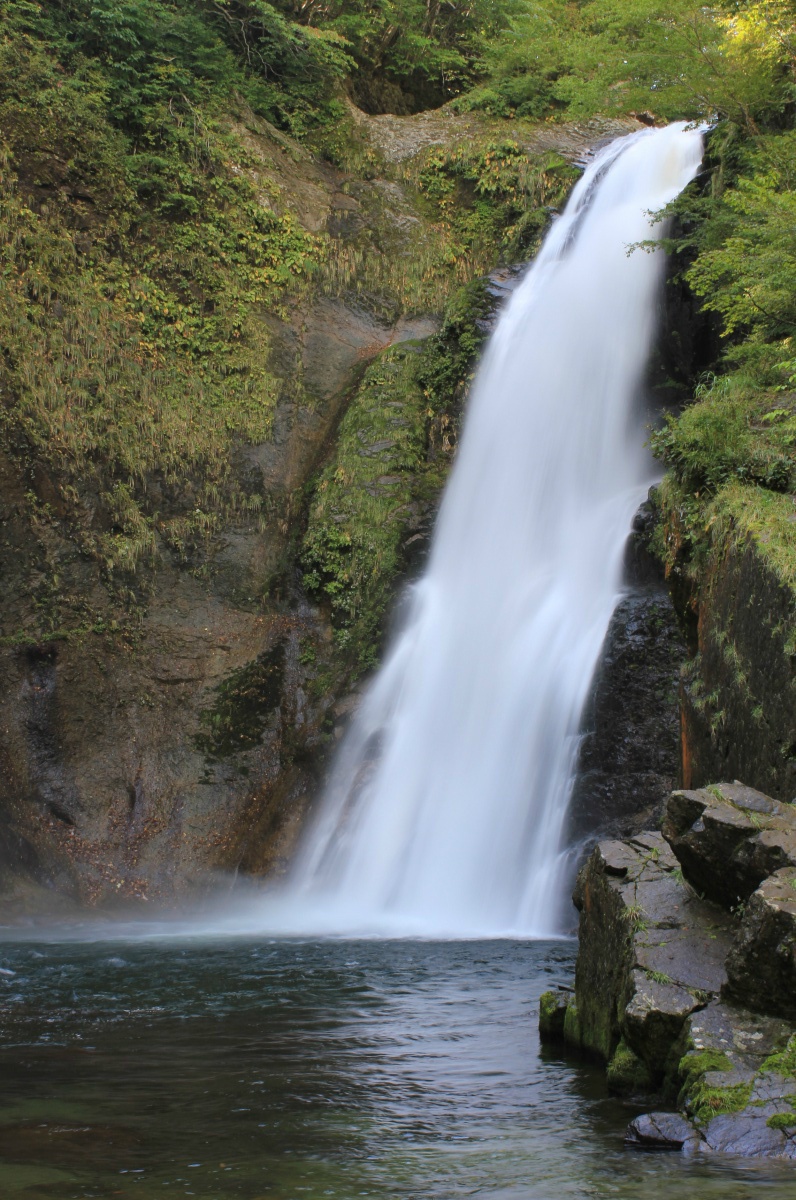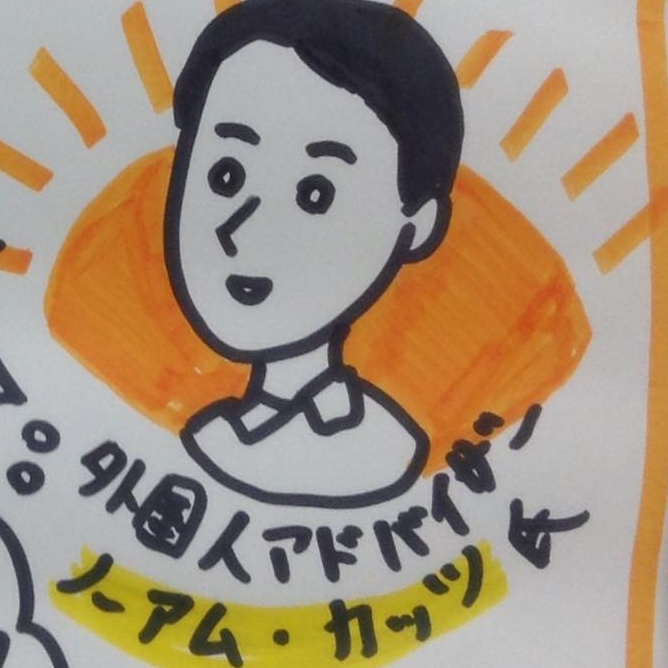Getting Out & About in Miyagi Prefecture
Miyagi Prefecture is full of delights for travelers eager to venture off the beaten path. In fact, one area, the Bay of Matsushima, has been ranked one of Japan’s Top Three Scenic Spots. Yet its hinterland regions are also full of hidden gems. We embarked on a one-night, two-day adventure to experience Miyagi’s inland cities of Osaki and Akiu.
By Noam KatzDay 2: Akiu Falls

One of the main natural sights to see in Akiu is the Akiu Otaki Falls (秋保大滝), which are just a short 25-minute drive from town. To reach the first viewing area for the falls, the path from the parking lot passes the Akiu Otaki Fudo-do temple, a lovely old Buddhist temple with detailed wooden carvings on all four sides.
The viewing area that follows shortly thereafter looks down on the roaring falls cascading down into the valley below. Those who are so inclined can take a path down to the actual base of the falls, and we decided to see what this was like. While not a particularly difficult path to navigate, it does involve some steep descents (and ascents on the way back up) yet the dynamic view of the falls with the fresh spray of the water in the air was well worth it.
Free Bicycle Rental
The town of Akiu is just a little too spread out for walking, but a bicycle is perfect for getting around to most parts of the town. After we drove back into town from the waterfall, we stopped by the Akiu Sato Center to borrow one of their bicycles which are available for free!
Hopping on the bicycle, I headed down the road for just a few minutes of pedaling to stop by the neighborhood grocer Saichi (主婦の店 さいち) for their famous ohagi. Ohagi is a Japanese sweet that is typically made with sweet rice and sweet azuki (red bean) paste, yet besides the traditional-type, Saichi offers a variety of other flavors including black sesame and kinako (soybean powder).
Apparently, their ohagi are so popular that the shop sells 6,000 ohagi on weekdays alone, and it often sells out by noon! So I was not surprised to see that there were quite a few people browsing the ohagi aisle when I arrived.

Ultimately I tried the traditional type and the black sesame. True to their reputation, both were delicious and somewhat irresistible. While some ohagi are just sweet, these had the perfect combination of sweet and salty. I certainly wanted to eat more, but the ohagi are already quite large and the rice soon fills up the stomach.
Tenshukaku-Shizen-koen Park
I got back on the bicycle and pedaled for an additional 10 minutes to the nearby Tenshukaku-Shizen-Koen Park (天守閣自然公園). This park requires a small admission but features a lovely Japanese garden with numerous walking paths and even hot springs (additional admission required).
Though they do have a free footbath that's perfect for reviving tired feet.
Indigo Dyeing at Dyeing and Weaving Atelier Tsuru
As wonderful as sightseeing is, cultural experiences really take the journey one step further and make for a better appreciation of Japanese culture. Tohoku is a wonderful place to try crafts as its long winters caused previous generations to seek indoor art and craft activities during the snow season.
On a hill above the town is the Akiu Kokege-no-Sato(秋保工芸の里), the home of Akiu traditional arts and crafts. Of the many different activities available, we elected to try indigo dyeing at Dyeing and Weaving Atelier Tsuru (染織 染職工房つる). The resident artisan there instructed me step-by-step on the process of preparing a white handkerchief to be dyed. Akin to tie-dying in the West, this consisted of twisting or folding the fabric and securing it with rubber bands. When this is dipped into the natural indigo dye, the exposed portions of the fabric become blue while the twisted or folded areas remain white, making for a one-of-a-kind design. Altogether the process took about one hour, I had a very meaningful souvenir to take back home.
All too soon it was time to leave Akiu for Sendai and return back to Tokyo. Nevertheless, it was clear that Tohoku rewards the visitor who chooses to take the path less traveled. Whether it be history, culture, nature, or simply delicious Japanese cuisine, there truly is something for everyone to discover in Miyagi Prefecture.





